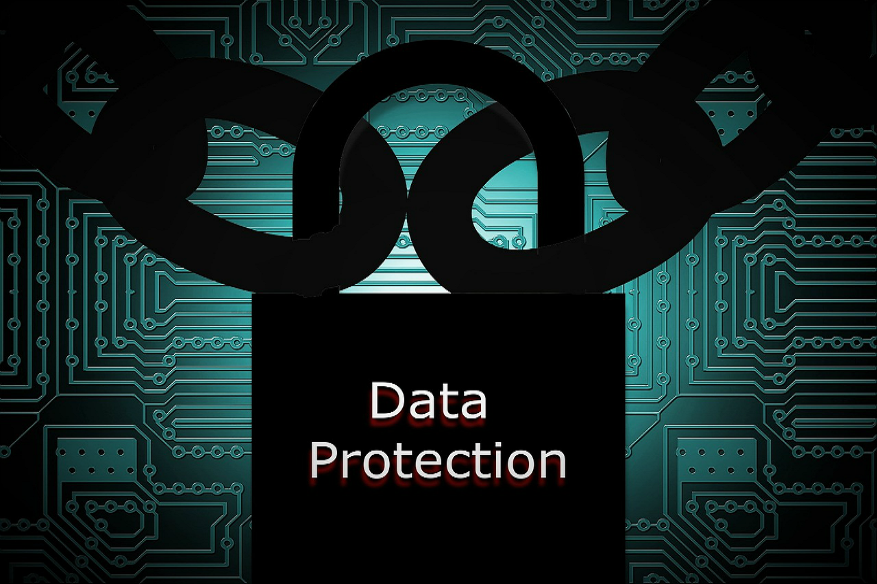The Critical Healthcare Data Security Services and Processes

When you work with smaller centers or large their concern is fundamentally the same when it comes to security concerns. Fortunately, development in the human services, information security field now enables associations of all sizes to use some advanced security arrangements.
Before we go on, how about we go down a bit and comprehend the difficulties of healthcare security and patient information.
The latest research from Accenture showed that more than one out of four US medicinal services customers (26 percent) have encountered a break of their computerized human services information, which may incorporate their Social Security number, contact data, electronic therapeutic record, or potential medical coverage ID.
From that point, Accenture demonstrated that half of those individuals were the victim of medical identity theft. Among the individuals who experienced data fraud, more consumer report the whole thing cost them an expected $2,528, by and large, per occurrence. That is a genuine cost to pay for the customer and an intense burden for the healthcare provider.
Data Loss Prevention
You can do some advance tracking of the data that is moving through your system. These sorts of solution help guarantee that you have great perceivability into your system, stockpiling, and even end-client layer. DLP innovations will enable you to break down particular, delicate, informational inside your system. Keep in mind, your system layer goes about as both a sensor and enforcer with regards to security.
A data security architecture may very well limit the impacts of a potential attack because of intelligent segmentation and data visibility. Remember, you’re not just trying to catch the bad guys; you’re also trying to ensure that healthcare associates don’t “accidentally” store PHI/PII on their own devices.
An information security engineering might just limit the impact of a potential attack due to canny division and data visibility. Keep in mind that, you’re not simply attempting to get the bad guys; you’re likewise endeavoring to guarantee that medicinal services partners don’t “inadvertently” store PHI/PII all alone gadgets.
Detection of Incident
This security feature speaks for itself. Basically, can you quickly respond and mitigate an incident? But, how well are we really doing when it comes to incident detection? Well, I had to do a double-take when I saw this stat from Accenture research: Half of consumers who experienced a breach found out about it themselves. Accenture research also showed that just fewer than half were proactively notified and about one-third learned about the breach passively.
So, there’s room for improvement here. Network sensors, data monitors, and even integration with physical infrastructure can all help alert to an incident faster. Be sure to leverage DLP tools, network monitors, data/network segmentation, and mobility control to help incident detection and even response.
Detection of Occurrence
Along these lines, there’s an opportunity to get better here. Network sensors, data monitors, and even mix with infrastructure will be able to help caution an occurrence quicker. Make sure to use DLP apparatuses, network monitor, data/network division, and portability control help incident detection.
Cloud Security
You need to evolve your security practices if you seek to move your healthcare organization into the cloud. When it comes to cloud-to-cloud security there is a great solution which can help organizations to monitor the flow of data between premises and cloud ecosystem. Furthermore, you can leverage HIPAA-compliant cloud and data sharing solutions.
Cloud infrastructure is much more versatile, especially for healthcare customers. Throughout the entire process, we extend security architecture into the cloud and ensure that proper systems are in place. This might mean deploying a virtual firewall or even some kind of data analytics solution to monitor cloud data traffic and your PHI. Bottom line, don’t be afraid of cloud; but do ensure proper designs.
Endpoint Detection
First, it’s important to note that EDR is a subset of endpoint protection (EPP). To that extent, EDR provides some advanced features when it comes to working with the endpoint. So, it’s important to work with endpoint protection solutions which go beyond antivirus and antimalware solutions.
As mentioned by as quoted by Bill Kleyman on health security “When it comes to EPD, we’re seeing a lot of adoption. The latest Markets and Research report indicated that the EDR market size is estimated to grow from $749.0 million in 2016 to more than $2.2 billion by 2021.
The key drivers for this growth include the need to mitigate IT security risks and threats such as malware, ransomware, and advanced persistent threats, along with a rising enterprise mobility trend across organizations.
If this is a new term for you, start reading more about the kinds of additional services EDR can provide and where it can help you further secure mobile users and various kinds of endpoints.”